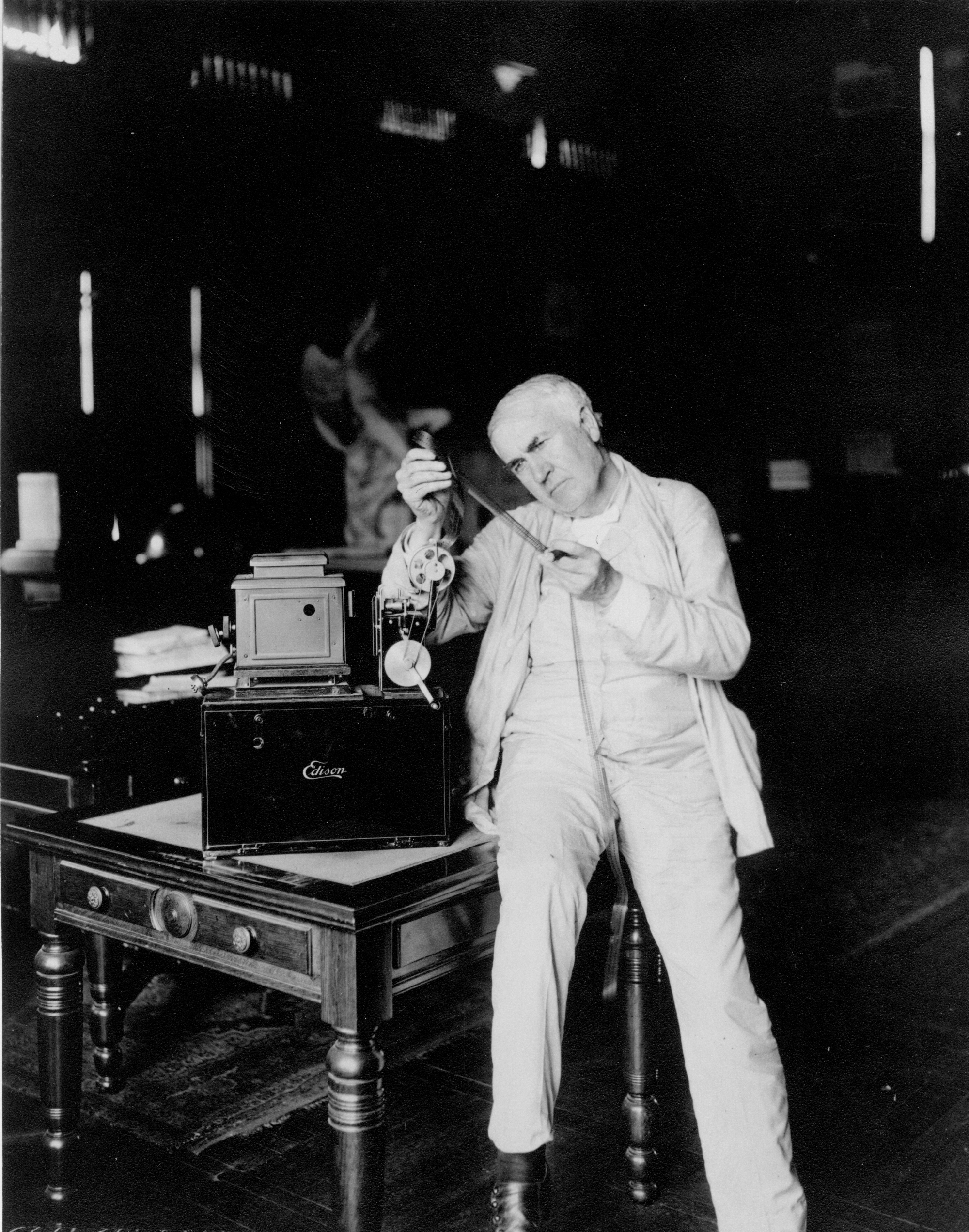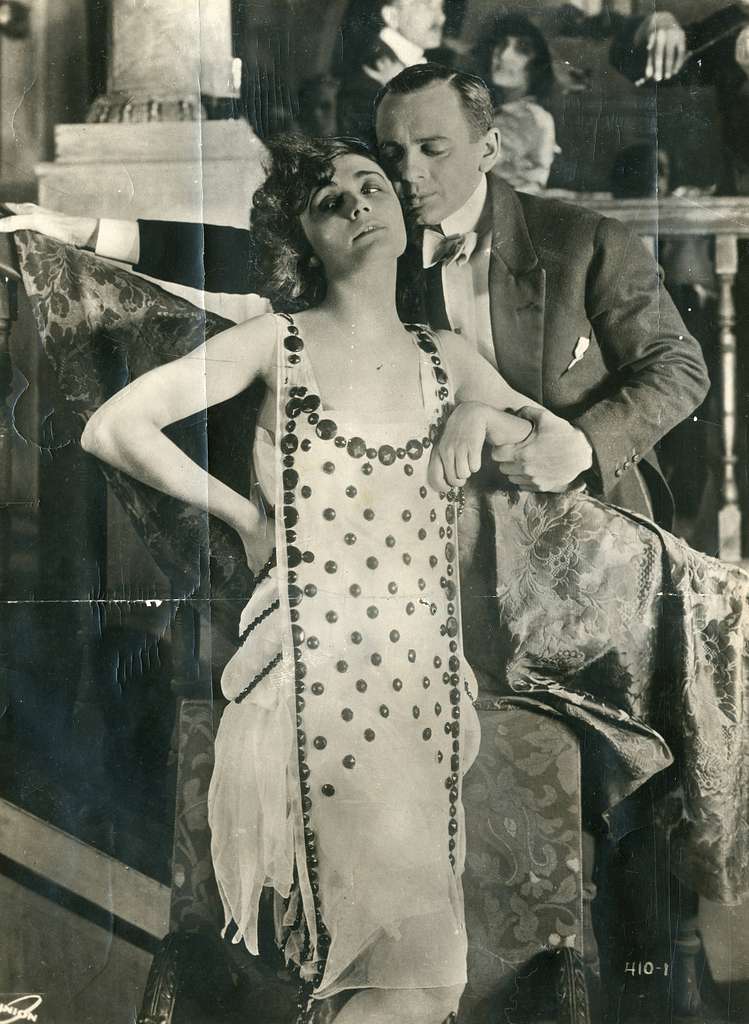Cinema, a magical world where stories come to life, has captivated audiences for over a century. From its humble beginnings to the grandeur of modern multiplexes, the evolution of cinema is a fascinating journey. This blog post explores how the idea of cinema came about, tracing its origins and significant milestones.
The Birth of Cinema: A Historical Overview
The idea of cinema, or moving pictures, has its roots in the late 19th century, a period of intense innovation and discovery. Before cinema, various inventions paved the way for capturing and displaying motion.
Early Innovations
- Magic Lanterns (17th Century):
- Magic lanterns were an early form of image projection using light and lenses. These devices projected static images painted on glass slides, creating the illusion of movement when slides were changed quickly.

- Zoetrope (1834):
- Invented by William George Horner, the zoetrope was a cylindrical device with a series of images on the inner surface. When spun, viewers saw a sequence of images that appeared to move.

- Phenakistoscope (1832):
- Created by Joseph Plateau, this device used a spinning disk of sequential images and slits to create the illusion of motion when viewed in a mirror.

The Advent of Photography
The development of photography was a crucial step towards cinema. In 1839, Louis Daguerre introduced the daguerreotype, a process that captured images on a silvered copper plate. Photography provided a method to capture real-life images, which would later be crucial for motion pictures.
The First Motion Pictures
The late 19th century saw the convergence of photography and the desire to depict motion. This period gave birth to the first motion pictures.
Eadweard Muybridge’s Animal Locomotion (1878)
Eadweard Muybridge, an English photographer, conducted a groundbreaking experiment to settle a bet about whether all four of a horse’s hooves left the ground during a gallop. He set up a series of cameras with tripwires along a track, capturing sequential images of a horse in motion. Muybridge’s work proved that motion could be captured and displayed in a series of still images, creating a sense of movement.

Thomas Edison and the Kinetoscope (1891)
Thomas Edison and his assistant, William Kennedy Laurie Dickson, developed the Kinetoscope, an early motion picture exhibition device. The Kinetoscope allowed an individual to view a short film through a peephole. In 1891, Edison’s lab produced the first motion picture, “Dickson Greeting,” a short film showing Dickson himself.

The Lumière Brothers and the Cinématographe (1895)
French inventors Auguste and Louis Lumière made significant advancements in motion picture technology with the Cinématographe, a device that combined a camera, film developer, and projector. On December 28, 1895, the Lumière brothers held the first public screening of films at the Salon Indien du Grand Café in Paris. This event is often regarded as the birth of cinema.

The Evolution of Cinema
The early 20th century saw rapid advancements in film technology and the establishment of cinema as a popular entertainment medium.
Silent Film Era (1890s-1920s)
The silent film era was marked by rapid innovation and the rise of iconic filmmakers and stars. Films were initially short, simple recordings of everyday activities, but they quickly evolved into complex narratives.

- Georges Méliès: A pioneer in special effects, Méliès is famous for his film “A Trip to the Moon” (1902), which featured innovative techniques like stop-motion photography.
- Charlie Chaplin: An iconic figure of the silent era, Chaplin’s comedic genius made him one of the most beloved actors of his time.
The Introduction of Sound (1920s-1930s)
The introduction of synchronized sound revolutionized cinema. The first feature-length film with synchronized dialogue, “The Jazz Singer” (1927), marked the beginning of the “talkies” era.
- Warner Bros.: The success of “The Jazz Singer” established Warner Bros. as a major player in the film industry and set the standard for future films.
Technicolor and the Golden Age (1930s-1950s)
The 1930s to 1950s, known as the Golden Age of Hollywood, saw the rise of major studios and the production of some of the most iconic films in history. Technicolor, introduced in the 1930s, brought vibrant color to the screen, enhancing the visual appeal of films.
- Gone with the Wind (1939): A landmark film in terms of production and narrative, “Gone with the Wind” showcased the potential of Technicolor.
- Casablanca (1942): This classic film exemplified the high-quality storytelling and production values of the Golden Age.
Modern Cinema
Cinema continued to evolve through the latter half of the 20th century and into the 21st century, driven by technological advancements and changing audience preferences.

Blockbusters and Special Effects (1970s-1990s)
The 1970s marked the beginning of the blockbuster era, characterized by high-budget films with mass appeal.
- Jaws (1975): Directed by Steven Spielberg, “Jaws” is often credited with creating the summer blockbuster model.
- Star Wars (1977): George Lucas’s space epic revolutionized special effects and merchandising, becoming a cultural phenomenon.
Digital Revolution (2000s-Present)
The advent of digital technology transformed filmmaking, from production to distribution. Digital cameras, computer-generated imagery (CGI), and streaming services reshaped the industry.
- Avatar (2009): James Cameron’s “Avatar” utilized groundbreaking 3D technology and CGI, becoming the highest-grossing film of all time (until 2019).
- Streaming Services: Platforms like Netflix and Amazon Prime have changed how audiences consume films, emphasizing the importance of digital distribution.
Conclusion
From its early days of magic lanterns and zoetropes to the digital blockbusters of today, cinema has continually evolved, captivating audiences with its storytelling and technological advancements. Understanding the history of cinema provides valuable insights into its future trajectory, highlighting the enduring appeal of this dynamic art form.






